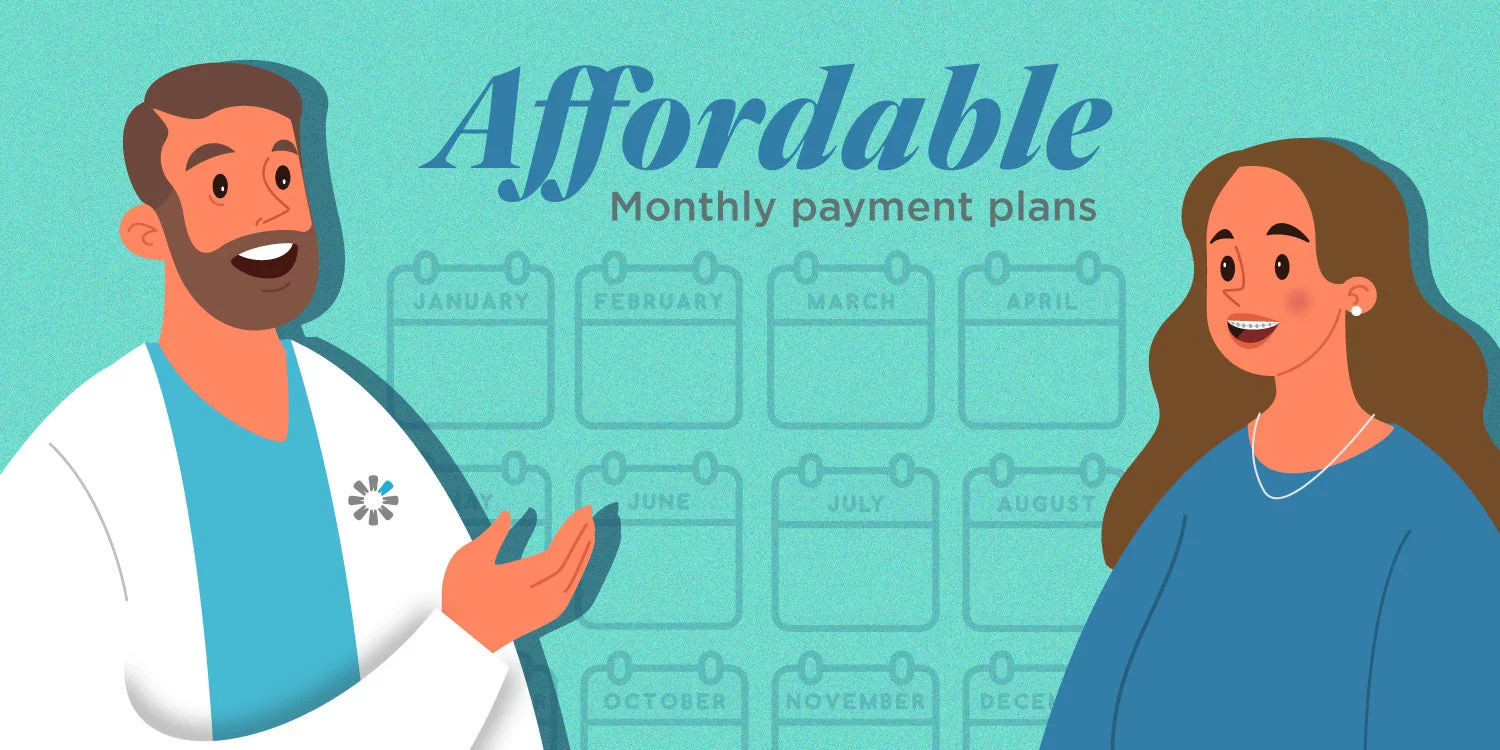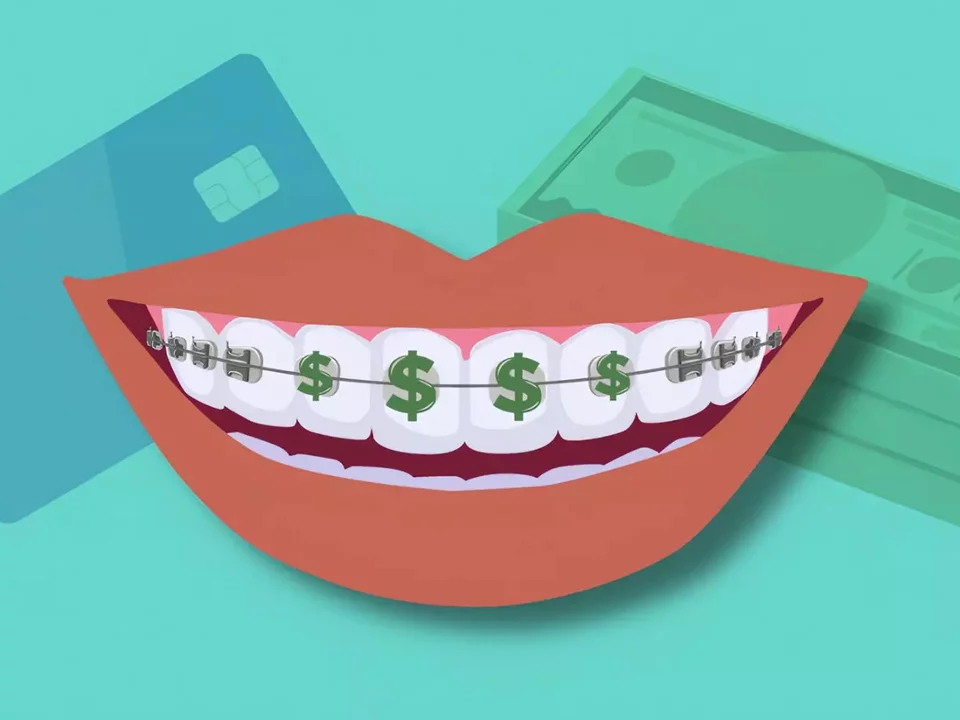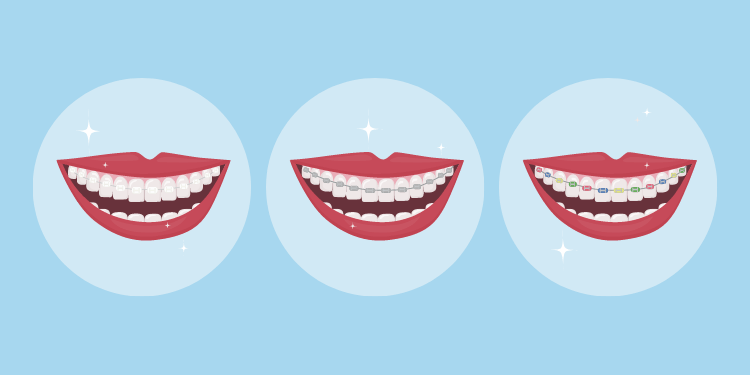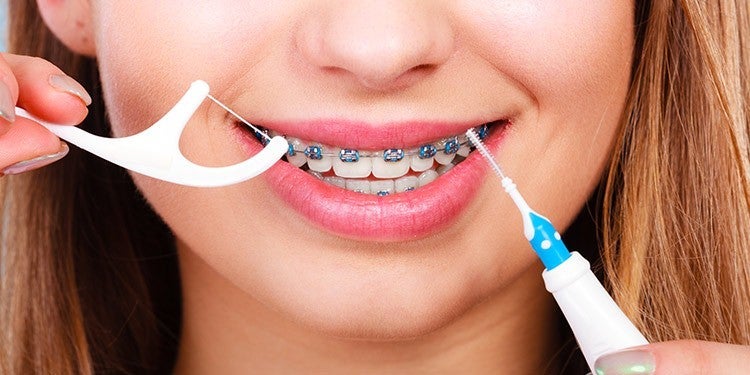Straight teeth are aesthetically pleasing, easier to clean, and achievable through the treatment of braces. This common orthodontic treatment straightens your teeth over a period of time by applying pressure to targeted teeth so they will align properly. While improved versions of braces have been correcting patients’ bad bites and crooked teeth since as far back as the early 20th century, the treatment of braces continues to be an expensive orthodontic process.
Does Insurance Pay for Braces?
Though it is common to see teens and some adults with a mouth full of metal brackets, braces remain one of the more expensive dental procedures. While the benefit of braces extends beyond appearance, dental insurance does not always offer much coverage for orthodontics.
According to the American Dental Association’s 2020 Survey of Dental Fees, the cost of comprehensive traditional metal braces is between $4,500-$6,600.
While all dental insurance plans are different, some policies will cover up to 50% of the cost of braces for your children, but it is less likely to offer coverage for you and your spouse. With insurance, traditional metal braces cost between $1,500-$3,500.
Tips for Budgeting Orthodontic Treatment
With the high cost of braces, creating a budget can help you put aside the money you need to pay for the treatment. Making good decisions before treatment begins can drastically lower overall costs and make your bill more affordable. A few important things to keep in mind before starting treatment include:
- Shop around for the right orthodontist for your needs. Be sure to look at two or three orthodontists before choosing which suits you best.
- Examine the fees for braces carefully before starting treatment. Some orthodontists do not include all necessary parts of treatment in the initial price they give you. It is crucial to add up all expenses to see the total price for braces before you decide which orthodontist to use. Make sure you know the price for all treatment components, including:
- Regular adjustments
- X-rays
- A set of retainers when braces are removed
- Check with a local dental school to see if they offer orthodontic treatments at a discounted price.
- Read over your dental insurance plan carefully to see what type of coverage you can expect, if any.
- Payment due dates
- Discounts for paying for braces upfront
- Cost of down payment if your orthodontist requires it
- Payment plans and what the monthly payment amount will be
- Possible braces financing options offered by the orthodontist

Braces Monthly Payment Plans
Because of the large cost of treatment, many orthodontists offer this in-house payment plan for braces. Knowing what to expect to pay each month enables you to work the cost of braces into your monthly budget more easily. Some orthodontists will let you also pick the duration of the payments. A longer time frame allows your monthly bill to be smaller. Because braces typically require a year or longer to fully realign teeth, you can potentially finish making all your payments before the treatment has concluded.
Additional Payment Options
- Healthcare credit card: Applying for a credit card specifically for health care and dental care can allow you to pay for your braces treatment upfront to get possible special discounts from your orthodontist's office.
- Dental discount plan: While having a dental discount plan works well with dental insurance, it can also be very helpful on its own. By paying a fee for yourself or your family, you could get access to a significant percentage off of your total orthodontic bill and also have less out-of-pocket costs at each appointment.
- Health Savings Account (HSA): If you have access to an insurance policy through your employer with a high deductible health plan, whether or not it covers dental, you can also get a health savings account that pulls a certain amount from your check before taxes are taken out. As your HSA accumulates, you can use the money without penalty for health and dental costs if they are considered medically necessary.
- Flexible Savings Account (FSA): Through your employer, you can open a FSA that can reimburse you for medical and dental expenses, like braces, that are not covered by your insurance plan. Your monthly contributions to the FSA come out of your paycheck before taxes are taken out and can be used for your spouse and children as well. However, funds in your FSA do not roll over to the following year and do not go with you if you change jobs.
- Automatic monthly payment options: While splitting up the total cost of braces into more affordable monthly payments is very helpful, some orthodontists even offer automatic payment options so you can be sure that you won’t miss a payment and get charged a late payment fee.

Accessing Braces Payment Plan Despite Financial Concerns
To gain access to financing help through an orthodontist in your community, Smile Generation offers a way to find the best orthodontist for your needs. Sift through reviews from satisfied patients who received the treatment they needed and the personalized financing options that made braces more affordable.
Find your trusted, local dentist today!
Sources
- Abendroth, M. (2022, July 1). Average cost of braces after insurance. Consumer Affairs. Retrieved from https://www.consumeraffairs.com/health/average-cost-of-braces.html (accessed June 9, 2025)
- American Dental Association. (2023, September 19). Braces. MouthHealthy. Retrieved from https://www.mouthhealthy.org/all-topics-a-z/braces/ (accessed June 9, 2025)
- Wahl, N. (2005, February). Orthodontics in 3 millennia. Chapter 1: Antiquity in the mid-19th century. American Journal of Orthodontics and Dentofacial Orthopedics. Retrieved from https://www.sciencedirect.com/science/article/abs/pii/S0889540604010030 (accessed June 9, 2025)
- American Dental Association. (2020). 2020 survey of dental fees. ADA. (accessed June 9, 2025)
Smile Generation blog articles are reviewed by a licensed dental professional before publishing. However, we present this information for educational purposes only with the intent to promote readers’ understanding of oral health and oral healthcare treatment options and technology. We do not intend for our blog content to substitute for professional dental care and clinical advice, diagnosis, or treatment planning provided by a licensed dental professional. Smile Generation always recommends seeking the advice of a dentist, physician, or other licensed healthcare professional for a dental or medical condition or treatment.









